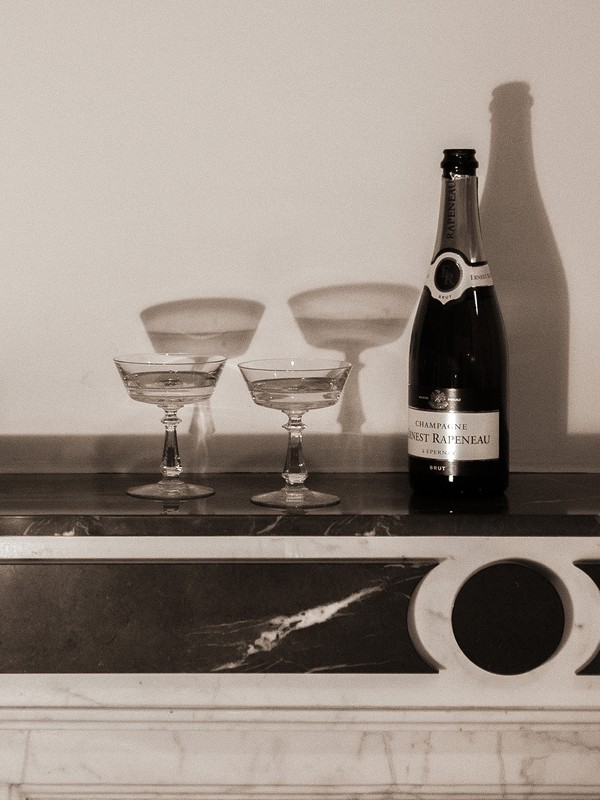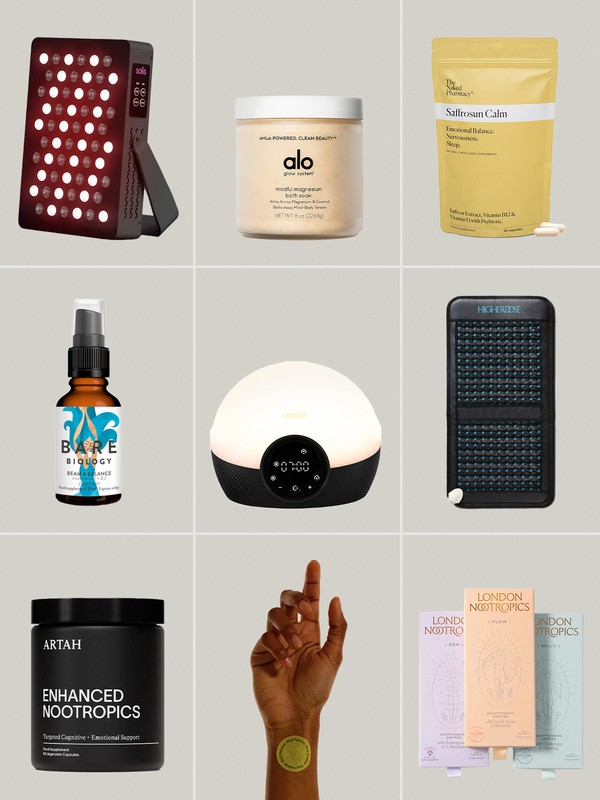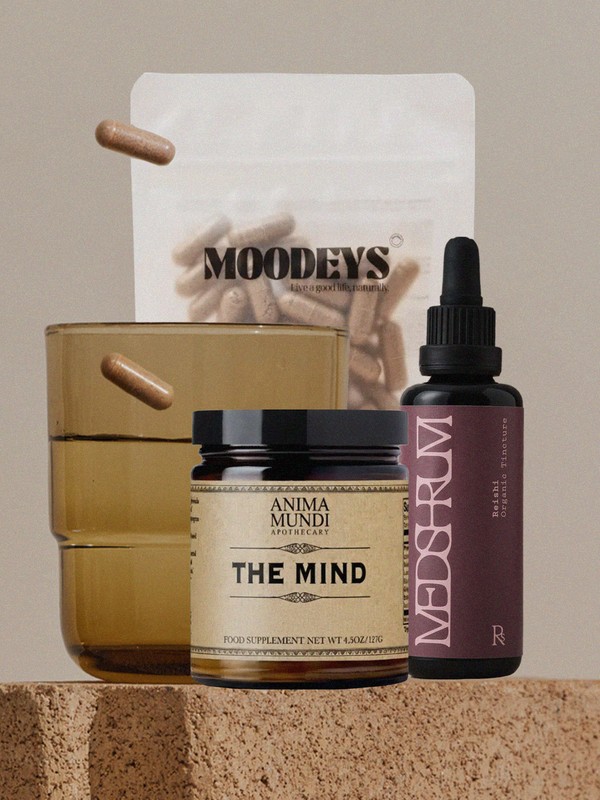The 16:8 Diet Explained
So, What Is The 16:8 Diet?
Put simply, it’s a new type of time-restricted fasting that is designed to boost overall health and aid in weight loss. You spend 16 hours of each day consuming nothing but unsweetened drinks (think tea, water, and coffee), then the remaining eight-hour window is when you eat all your meals and snacks. It’s easier than it sounds as, typically, most of the fasting is done while you are asleep. You could choose to eat between 12 and 8pm, or reverse the window to miss dinner, ending your food day at lunch, as Nicole Kidman and Hugh Jackman reportedly do. That’s what’s so good about this plan - it’s completely flexible and you can choose to eat between whichever eight hours of the day suit you best. It’s the latest kind of eating plan where you don’t restrict what you eat, but when you eat.
How Effective Is It For Weight Loss?
Very! In fact, intermittent fasting as a whole has become so popular it’s now the subject of numerous studies, with experts claiming it has promising implications for those with obesity. In fact, a report in the journal Digestive Disease Week has showed that daily fasting increases the level of proteins that improve the way our bodies use insulin and protect us against the risks of a high-fat, high-sugar diet. Dr Michael Mosley, the BBC broadcaster who launched the idea of the 5:2 diet, claims the reason it’s so effective is because it induces a state of mild ketosis – when the body starts burning fat for energy, having run out of carbohydrates. This means you’re eating the way you are meant to eat, while keeping your body in balance and kick-starting your metabolism.
Is Fasting For 16 Hours Daily Really That Healthy Though?
Because you’re in control of your fasting window, generally speaking, the 16:8 diet is very safe, especially if you choose to fast mostly while you’re asleep. Plus, forms of intermittent fasting like this are said to reduce oxidative stress on the body, which in turn, can decrease inflammation and the risk of chronic diseases. However, it’s no secret that any type of fasting can make you feel dizzy, nauseated and cause periods of low-blood sugar levels and dehydration. If you suffer from these symptoms, or are someone who is prone to blackouts, it’s advisable you steer clear.
What Are The Downsides?
Let’s start with what’s good about it first. Eating whatever you like during an eight-hour time frame is appealing to many. For example, if you eat your last meal at 5 or 6pm, you’ll cut out late-night snacking which could otherwise be a big contributing factor to weight gain. Nutritionist Lily Soutter also claims that it’s a great way of making you think more mindfully about what you eat, and is specifically good for those who like to follow a structured approach. As for the negatives, Lily says the main downside is the fact there’s no emphasis on healthy eating, or the quality and quantity of calories you’re consuming during the eight-hour eating window. “If you’re using this method of fasting for weight management, it’s important to remember that it doesn’t take into account the theory of calories in vs calories out. If you’re over-consuming calories during your eight-hour window, it’ll be impossible to shed the weight,” she explains.
I’m Sold! How Can I Get Started?
When you begin the 16:8 plan, experts advise that you don’t do it every day. Instead, build up to it slowly and don’t be afraid to have a day off if you’re struggling. It’s also worth planning ahead and clearly setting out your goals so know why you’re doing it and why you should stick with it. The key thing to remember is that it’s a personal choice and everyone has different lifestyles, so make sure you tailor it to your needs and use your eight-hour feasting window wisely.
DISCLAIMER: We endeavour to always credit the correct original source of every image we use. If you think a credit may be incorrect, please contact us at info@sheerluxe.com.






